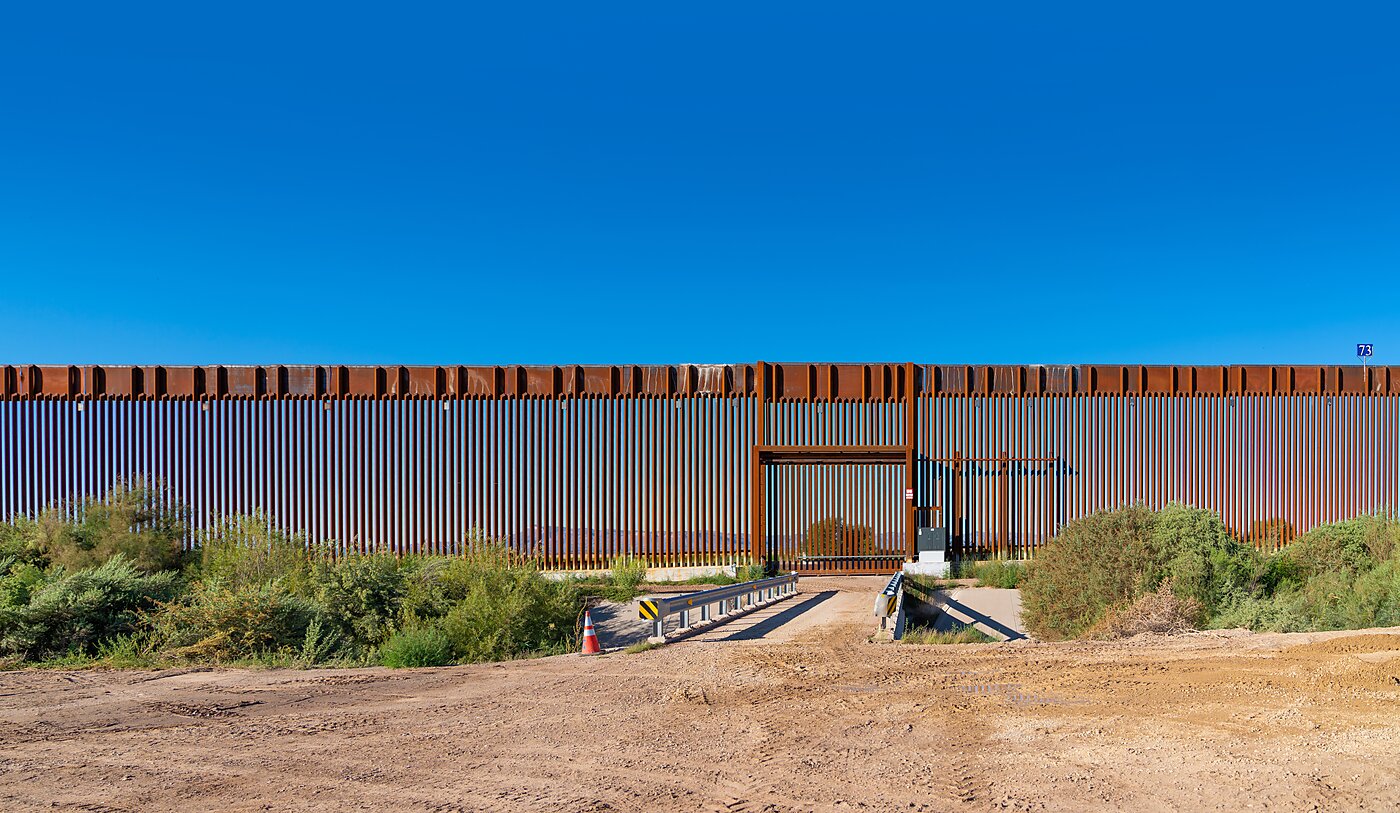Standard economic reasoning suggests that prohibitions reduce the production and consumption of the outlawed good or activity. Penalties for possession shrink demand, while penalties for production and distribution shrink supply. Thus, the quantity bought and sold should fall.
Existing evidence, however, suggests that such policies have a modest impact, whether the prohibition is of alcohol, drugs, gambling, immigration, or insider trading, to name a few.
The explanation is presumably that laws do little to change behavior unless enforcement substantially raises the costs of engaging in the outlawed behavior, and governments have generally been ineffective in this regard.
A recent analysis of border walls (Cato Research Brief no. 381) illustrates:
[O]ur study uses United Nations High Commissioner for Refugees data on global refugee flows from 1970 to 2015 and data on all border walls built from 1945 to 2015. Our results corroborate the scholarly skepticism over the effectiveness of walls: border fences do not appear to have the effect that leaders frequently use to justify their expensive construction. Our research finds no evidence that border fences affected refugee flows between 1970 and 2015.
Even if prohibitions do reduce the targeted good or activity, they are often ill-advised, partly because they have adverse, unintended consequences, and partly because they lack sensible objectives in the first place.
When prohibitions fail to suppress the thing they prohibit, they make no sense whatsoever. One alternative — “sin” taxation — has its own potential negatives, but in moderation is far more likely to move outcomes in desired directions, with fewer adverse effects.

